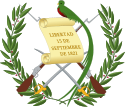
General elections were held in Guatemala on 7 March 1982. Ángel Aníbal Guevara, hand-picked successor of previous president Romeo Lucas García, was declared the winner of the presidential election and was scheduled to take office on 1 July. However, the election was widely denounced as fraudulent by elements on both sides of the political spectrum and an army-led coup d'état on 23 March instead installed the three-man junta of General Efraín Ríos Montt, General Horacio Maldonado Schaad, and Colonel Francisco Luis Gordillo Martínez.
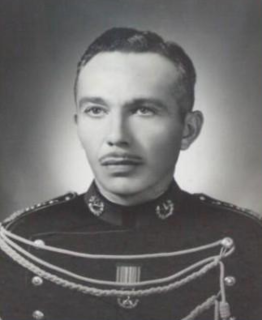
General elections were held in Guatemala on 3 March 1974. No candidate received more than 50% of the vote in the presidential election, resulting in Kjell Eugenio Laugerud García being elected president by Congress on 12 March. The Congressional elections were won by an alliance of the Institutional Democratic Party and the National Liberation Movement. Voter turnout was 46.41% in the presidential election.

General elections were held in Guatemala on 6 March 1966. After no candidate received 50% or more of the national vote, Julio César Méndez Montenegro was elected President by Congress on 10 May. On the Congressional elections, the Revolutionary Party won 28 of the 54 seats. Voter turnout was 56.27% in the presidential election and 55.01% in the Congressional elections

General elections were held in Guatemala on 5 March 1978. No candidate received more than 50% of the vote in the presidential election, resulting in Fernando Romeo Lucas García being elected president by Congress on 13 March. The Congressional elections were won by the National Liberation Movement.
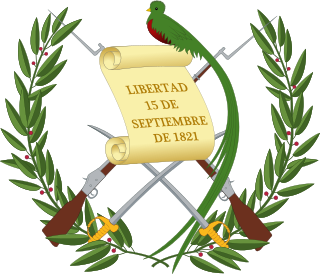
Constitutional Assembly elections were held in Guatemala on 1 July 1984. Although the National Centre Union received the most votes, an alliance of the National Liberation Movement and Nationalist Authentic Centre emerged as the largest bloc with 23 of the 88 seats. Voter turnout was 78%.

General elections were held in Guatemala on 3 November 1985, with a second round of the presidential elections taking place on 8 December. The presidential election resulted in a victory for Vinicio Cerezo, who had received $650,000 towards his campaign from media owner Remigio Ángel González. The Congressional elections resulted in a victory for Cerezo's Guatemalan Christian Democracy, which won 51 of the 100 seats. Voter turnout was 69.3%.

General elections were held in Guatemala on 11 November 1990. with a second round of the presidential election held on 6 January 1991. The presidential election resulted in a victory for Jorge Antonio Elías of the Movement of Action in Solidarity, whilst the National Centre Union won the Congressional elections. Voter turnout was 56.4% in the elections on 11 November 1990 and 45.2% in the elections on 6 January 1991.

General elections were held in Guatemala on 12 November 1995, with a second round of the presidential elections held on 7 January 1996. Álvaro Arzú of the National Advancement Party won the presidential election, whilst his party also won the Congressional elections. Voter turnout was 46.8% on 12 November and 36.9% on 7 January.
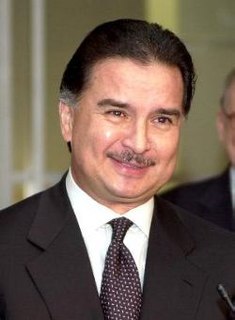
General elections were held in Guatemala on 7 November 1999, with a second round of the presidential elections on 26 December. Alfonso Portillo won the presidential elections, whilst his Guatemalan Republican Front also won the Congressional elections. Voter turnout was 53.8% on 7 November and 40.4% on 26 December.

Constitutional Assembly elections were held on 24 May 1964. The Movement of National Liberation and the Revolutionary Party both won 10 seats, although sixty members were appointed by the military government.
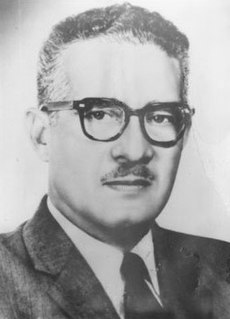
General elections were held in Guatemala on 20 October 1957. Miguel Ortiz Passarelli won the presidential election. However, the elections were nullified on 23 October 1957 following protests against electoral fraud.

Parliamentary elections were held in Guatemala for half the seats in Congress between 16 and 18 January 1953. The Revolutionary Action Party won a plurality of seats.
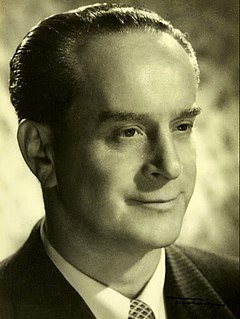
Presidential elections were held in Guatemala between 10 and 12 November 1950. The result was a victory for Jacobo Arbenz Guzmán, who received 65.44% of the vote. Voter turnout was 71.62%.

Parliamentary elections were held in Guatemala between 26 and 28 November 1948 in order to elect half the seats in Congress. The National Renovation Party-Revolutionary Action Party alliance won the most seats, but the Popular Liberation Front remained the largest party.

Parliamentary elections were held in Guatemala between 24 and 26 January 1947 in order to elect half the seats in Congress. The Revolutionary Action Party won a plurality of seats.
Legislative elections were held in Guatemala to elect members of the Congress on 3–5 November 1944.
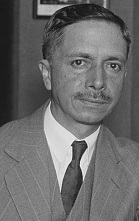
Presidential elections were held in Guatemala between 17 and 19 December 1944. The result was a victory for Juan José Arévalo, who received 86.25% of the vote.

General elections were held in Guatemala between 6 and 8 February 1931. In the presidential election Jorge Ubico was elected unopposed, after the remaining sector of the old Liberal Party did not object to his candidacy, whilst the Conservative Party was too disorganised and discredited from the Lázaro Chacón González era to put forward a candidate. Ubico's Progressive Liberal Party, formed by a union of the two wings of the divided Liberal Party also won the parliamentary election unopposed.
Jorge Ubico y Castañeda’s presidential term was extended to 15 March 1949 by a Constituent Assembly on 11 September 1941. Assumed office 15 March 1943.

General elections were held in Guatemala on 5 December 1926. The presidential election resulted in a victory for Lázaro Chacón González, who received 88.6% of the vote. Whilst the elections were rigged, the Progressive Liberal Party did manage to win some seats in the Congress.
